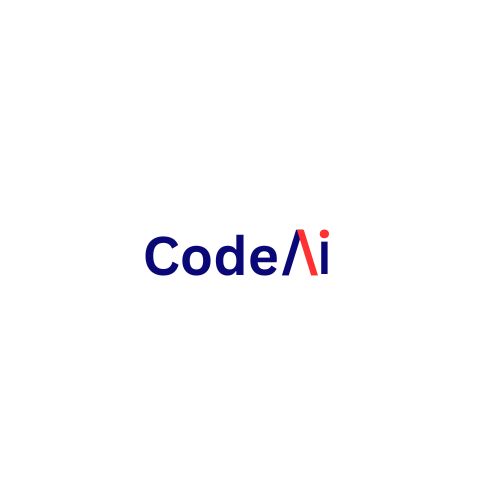Artificial intelligence alongside machine learning technology demands high-quality data as its central component in the modern world. The essential process that supports this data functions as Dataset Annotation. The performance success of all computer-related systems including recommendation engines depends on accurate Dataset Labeling. The Ultimate Guide to Dataset Annotation provides complete information about starting and refining annotation processes.
What is Dataset Annotation?
Computer systems need Dataset annotation for labeling data sources including text documents images audio files and video files with machine-learning recognizable tags. By using tags the model receives its instruction both for pattern interpretation and pattern recognition. The annotation process of image recognition demands users to create bounding boxes for objects while assigning specific labels like “cat,” “car” and “tree.”
The process of annotating data in NLP (Natural Language Processing) focuses on three major tasks including identifying parts of speech and entity tagging next to sentiment recognition. Supervised learning models need tagged datasets to learn from because annotated datasets serve as their training materials
Why is Annotation Important?
The Ultimate Guide to Dataset Annotation demonstrates that your model performance matches the quality of training data provided. Modern sophisticated algorithms fail to produce precise results unless datasets receive dependable consistent annotations. Halving dataset accuracy and bringing bias into the system happens because of subpar annotations which ultimately triggers real-world effects mainly in medical care and self-driving vehicles.
The quality of annotation determines the accuracy of model predictions that ultimately improves both customer satisfaction and company results.
Common Annotation Types
Selecting an annotation type depends on your data type and problem requirements. Here are some common types:
The image annotation process consists of box drawing, segmentation, point-based landmark marking and tag application for classification purposes.
The annotation of text documents consists of performing entity recognition alongside sentiment analysis together with part-of-speech tagging along with other processes.
AudioAnnotation consists of annotating speech segments as well as speaker identification or transcribing spoken words.
Video Annotation requires identifying objects throughout frames as well as adding action labels and spotting
Tools and Platforms
In this Ultimate Guide to Dataset Annotation, we must mention the variety of tools available to help automate and streamline the process. Some popular annotation platforms include Labelbox, SuperAnnotate, CVAT, and Prodigy. These tools offer features like collaborative workflows, quality control mechanisms, and integration with popular machine learning frameworks.
Best Practices
To ensure your annotation project is successful, follow these best practices:
- Define clear guidelines: Ambiguity leads to inconsistent labels. Create a detailed annotation manual.
- Train your annotators: Whether you’re using a team or crowdsourcing, training ensures better accuracy.
- Use quality assurance checks: Spot-check annotations or use double-blind labeling to maintain consistency.
- Leverage automation where possible: Semi-automated labeling can speed up the process without sacrificing quality.
Final Thoughts
As this Ultimate Guide to Dataset Annotation illustrates, annotation is not just a technical task—it’s a foundational part of any machine learning pipeline. Whether you’re annotating in-house or outsourcing the task, investing in high-quality dataset annotation pays dividends in the performance and reliability of your AI models.
Ready to elevate your machine learning models? Start with high-quality annotation—the ultimate secret weapon of successful AI.



Add a Comment